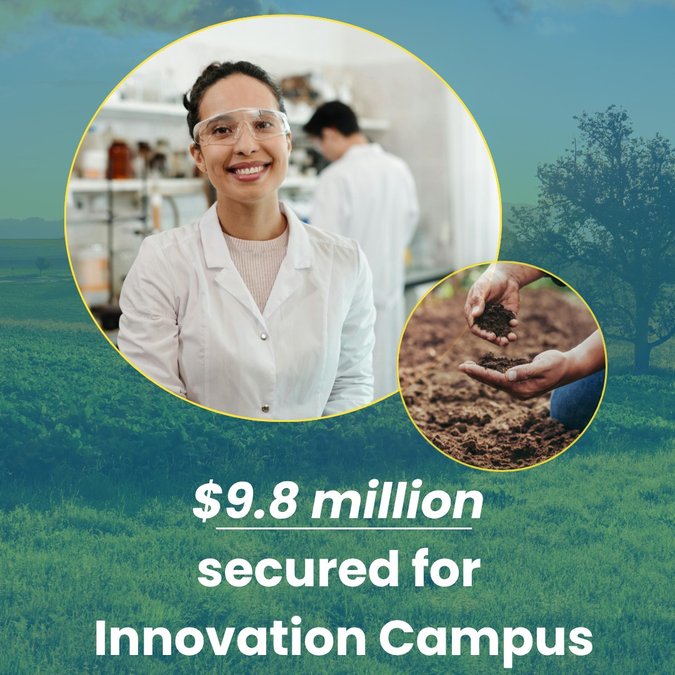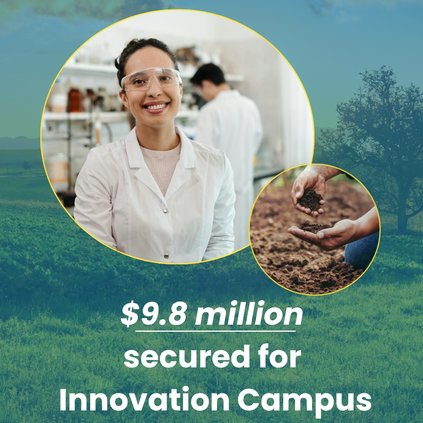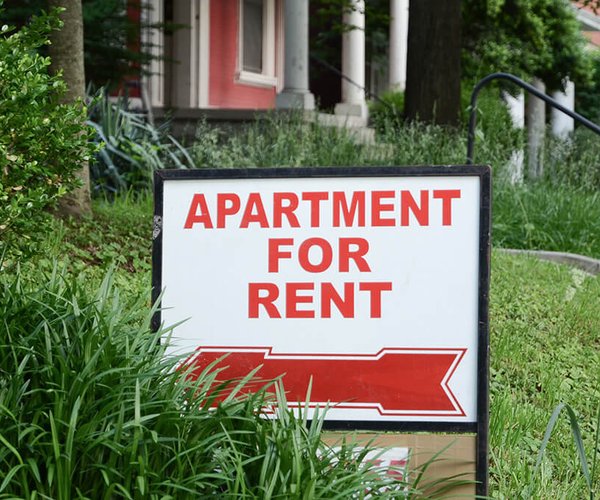MODESTO — BEAM Circular has secured $9.8 million in public funding for the development of the California Bioeconomy Innovation Campus—an ambitious new facility that will transform agricultural waste, food byproducts, and forestry residues into renewable fuels and sustainable goods. The project, which will be located in Stanislaus County, marks a major step forward in the region’s efforts to drive clean technology and circular economy development.
The funding includes $8 million from the recently approved 2025 California State Budget and $1.8 million from North Valley THRIVE through the California Jobs First Program. Legislative support for the state budget investment was led by Senator Jerry McNerney and Assemblymember Rhodesia Ransom, both of whom underscored the project’s potential to advance regional prosperity while supporting statewide climate goals.
“The Legislature and Governor Newsom’s decision to invest in BEAM Circular via the state budget is great news—a win-win for the Northern San Joaquin Valley and the rest of California,” said Sen. McNerney. “It will bring high-quality jobs, benefit farmers and growers, and accelerate wildfire solutions, while helping the state meet its climate goals.”
The Innovation Campus is being developed by BEAM Circular in collaboration with the CBIO Collaborative, a coalition of over 100 public and private partners including Lawrence Berkeley National Laboratory, UC Merced, the Manufacturers Council of the Central Valley, and WE Will!, the North San Joaquin Valley’s K16 Regional Collaborative.
According to BEAM Circular Vice President of Public Policy and Development Krystal Acierto, the organization is actively scouting sites in Stanislaus County for the facility. The final location has not yet been announced, but Acierto confirmed that the campus will be sited within the county.
Located in the heart of California’s agricultural corridor, the Campus will fill a critical infrastructure gap in the state’s growing bioeconomy. It aims to address the so-called “valley of death” in biotechnology—the stage where promising research often struggles to cross over into commercially viable applications. The facility will provide shared infrastructure for entrepreneurs, support workforce development, and help de-risk emerging bio-based technologies to accelerate their market adoption.
“We’re proud of this investment made by North Valley THRIVE—it will help advance a once-in-a-generation opportunity to bring new industry and jobs to our region,” said Erick Serrato, Director of North Valley THRIVE. “Truly catalytic.”
Once operational, the Campus will focus on the upcycling of locally sourced biomass, unlocking new industry opportunities across the state’s rural and agricultural regions. Its capabilities will support biomanufacturing companies and startups working on everything from bio-based plastics and textiles to clean fuels and compostable packaging.
“This is a major step forward for California's leadership in the global bioeconomy,” said Karen Warner, CEO of BEAM Circular. “Our community is building the infrastructure to turn waste into opportunity—powering a more resilient and inclusive economy, protecting our environment, and creating a new generation of green jobs.”
The California Bioeconomy Innovation Campus is expected to deliver broad benefits to the region and the state, including:
- Sustainable Resource Management: Conversion of waste into valuable products reduces strain on land, water, and waste systems.
- Good-Paying Jobs: The facility is expected to support thousands of new jobs in bioindustrial roles that pay up to 40% above the San Joaquin Valley’s median wage.
- Wildfire Risk Reduction: By utilizing excess woody biomass, the project can aid in healthy forest management and reduce fire hazards.
- Climate Impact: Bio-based technologies will help lower methane emissions, reduce fossil fuel dependence, and promote carbon sequestration.
- Economic Development: The Campus will anchor industry and investment in California’s agricultural heartland, keeping value and innovation rooted locally.
“For generations, we’ve fed the world through agriculture—and now, even our agricultural scraps are helping fuel the future,” said Assemblymember Rhodesia Ransom. “We’re not only growing crops; we’re growing innovation, good-paying jobs, and real solutions to climate challenges. We are ready to lead California’s bioeconomy, and I’m proud to help make sure we don’t just keep up—we set the pace.”
BEAM Circular has also signed a Letter of Intent with the Valley Building Trades Council to construct the facility under a Project Labor Agreement, ensuring high-quality union jobs throughout the building phase. Labor leaders say the project is a promising step toward sustainability and regional job growth.
“Our members are ready to build this state-of-the-art facility that will reduce waste, mitigate wildfire risk, and create valuable bio-based products while providing family-supporting careers for local residents,” said Corey Van Rys, Secretary-Treasurer of the Valley Building and Construction Trades Council.
Will Kelly, Executive Director of the North Valley Labor Federation, added, “The bioeconomy represents a significant growth opportunity for our region, and we're committed to ensuring working families benefit from this transition to a more sustainable future.”
The Innovation Campus also aligns with California’s recently released Economic Blueprint, which identifies the bioeconomy as a priority sector for long-term state growth. The project has drawn bipartisan support, including from State Senator Marie Alvarado-Gil and Assemblymember Juan Alanis, and is widely seen as a foundational investment in the state’s environmental and economic future.
More information is available at www.beamcircular.org.





